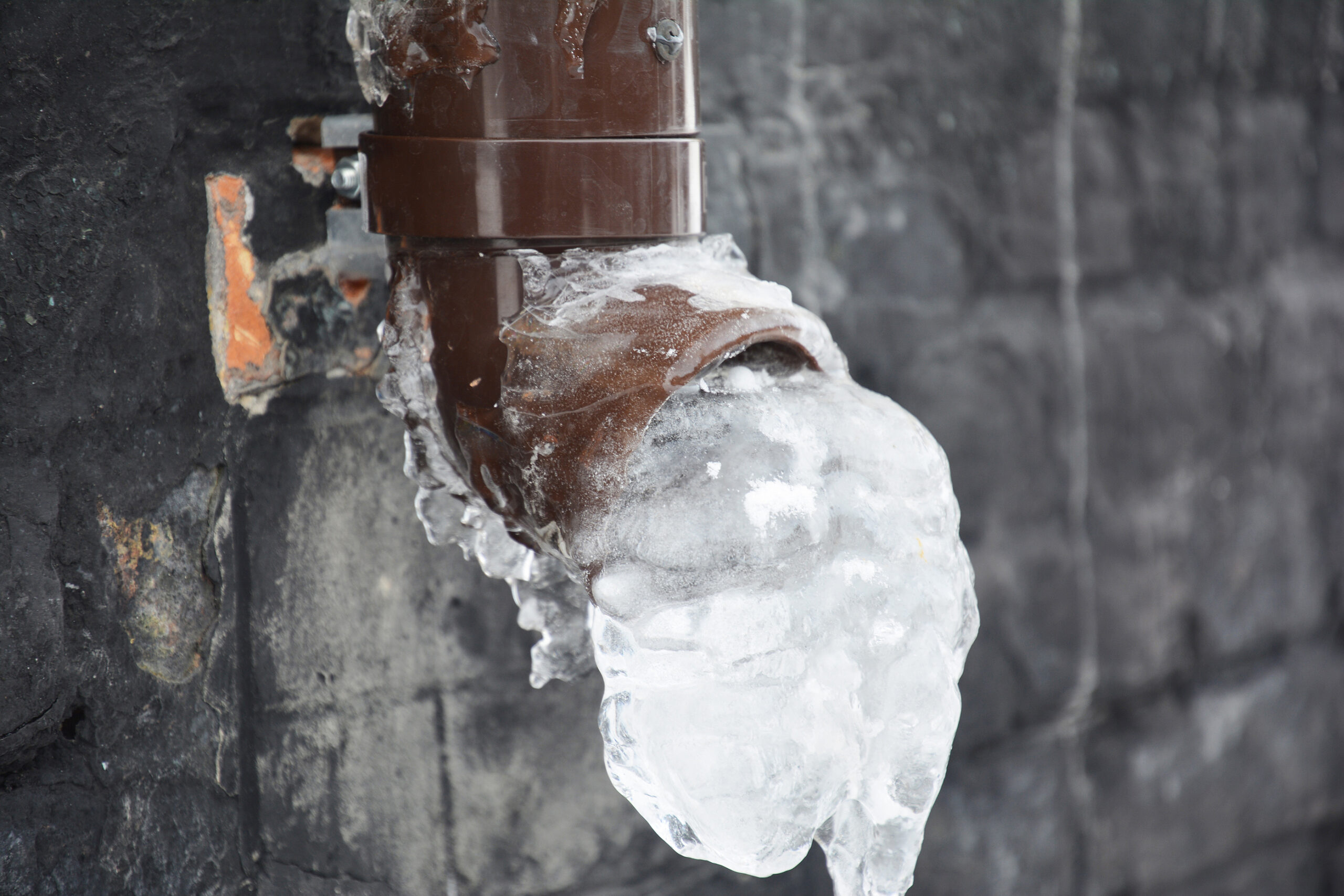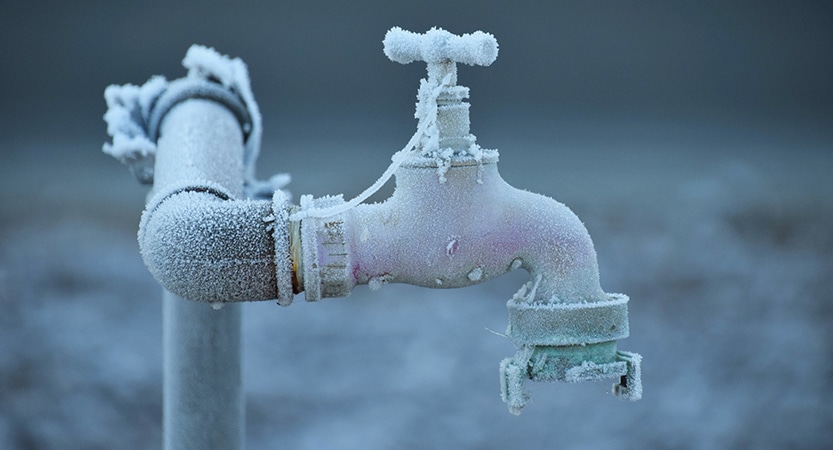We've stumbled on this article pertaining to How To Avoid Freezing Pipes below on the web and believe it made sense to discuss it with you on this site.

Cold weather can damage your plumbing, especially by freezing pipelines. Here's how to prevent it from happening and what to do if it does.
Intro
As temperature levels decrease, the risk of icy pipes increases, possibly causing costly fixings and water damages. Understanding just how to avoid icy pipes is crucial for home owners in chilly environments.
Understanding Icy Pipes
What triggers pipelines to freeze?
Pipes ice up when exposed to temperature levels listed below 32 ° F (0 ° C) for prolonged periods. As water inside the pipelines ices up, it expands, taxing the pipeline wall surfaces and potentially triggering them to break.
Risks and problems
Frozen pipes can lead to water interruptions, residential or commercial property damage, and pricey fixings. Ruptured pipelines can flooding homes and create considerable structural damage.
Signs of Frozen Pipeline
Identifying frozen pipes early can avoid them from bursting.
Exactly how to recognize icy pipes
Seek decreased water flow from taps, unusual odors or noises from pipes, and visible frost on exposed pipes.
Avoidance Tips
Protecting susceptible pipelines
Wrap pipes in insulation sleeves or make use of warmth tape to shield them from freezing temperature levels. Concentrate on pipelines in unheated or outside areas of the home.
Heating methods
Maintain indoor spaces effectively heated, specifically locations with plumbing. Open cupboard doors to allow cozy air to distribute around pipelines under sinks.
Shielding Outdoor Plumbing
Yard pipes and exterior faucets
Disconnect and drain garden hose pipes before winter. Mount frost-proof spigots or cover outside taps with shielded caps.
What to Do If Your Pipelines Freeze
Immediate activities to take
If you believe icy pipelines, maintain taps open up to ease pressure as the ice melts. Make use of a hairdryer or towels soaked in warm water to thaw pipelines slowly.
Long-Term Solutions
Structural modifications
Consider rerouting pipelines away from exterior walls or unheated areas. Add added insulation to attic rooms, cellars, and crawl spaces.
Upgrading insulation
Buy high-grade insulation for pipelines, attics, and walls. Appropriate insulation aids preserve consistent temperatures and lowers the danger of frozen pipes.
Conclusion
Avoiding frozen pipelines calls for positive actions and fast feedbacks. By understanding the causes, indications, and safety nets, property owners can secure their pipes throughout winter.
5 Ways to Prevent Frozen Pipes
Drain Outdoor Faucets and Disconnect Hoses
First, close the shut-off valve that controls the flow of water in the pipe to your outdoor faucet. Then, head outside to disconnect and drain your hose and open the outdoor faucet to allow the water to completely drain out of the line. Turn off the faucet when done. Finally, head back to the shut-off valve and drain the remaining water inside the pipe into a bucket or container. Additionally, if you have a home irrigation system, you should consider hiring an expert to clear the system of water each year.
Insulate Pipes
One of the best and most cost-effective methods for preventing frozen water pipes is to wrap your pipes with insulation. This is especially important for areas in your home that aren’t exposed to heat, such as an attic. We suggest using foam sleeves, which can typically be found at your local hardware store.
Keep Heat Running at 65
Your pipes are located inside your walls, and the temperature there is much colder than the rest of the house. To prevent your pipes from freezing, The Insurance Information Institute suggests that you keep your home heated to at least 65 degrees, even when traveling. You may want to invest in smart devices that can keep an eye on the temperature in your home while you’re away.
Leave Water Dripping
Moving water — even a small trickle — can prevent ice from forming inside your pipes. When freezing temps are imminent, start a drip of water from all faucets that serve exposed pipes. Leaving a few faucets running will also help relieve pressure inside the pipes and help prevent a rupture if the water inside freezes.
Open Cupboard Doors
Warm your kitchen and bathroom pipes by opening cupboards and vanities. You should also leave your interior doors ajar to help warm air circulate evenly throughout your home.

I have been very fascinated by How to prepare your home plumbing for winter weather and I am hoping you enjoyed our piece. Liked our entry? Please share it. Help others discover it. Thank-you for going through it.
Top Article
Comments on “How to Safeguard Your Pipes from Freezing: Specialist Advice”